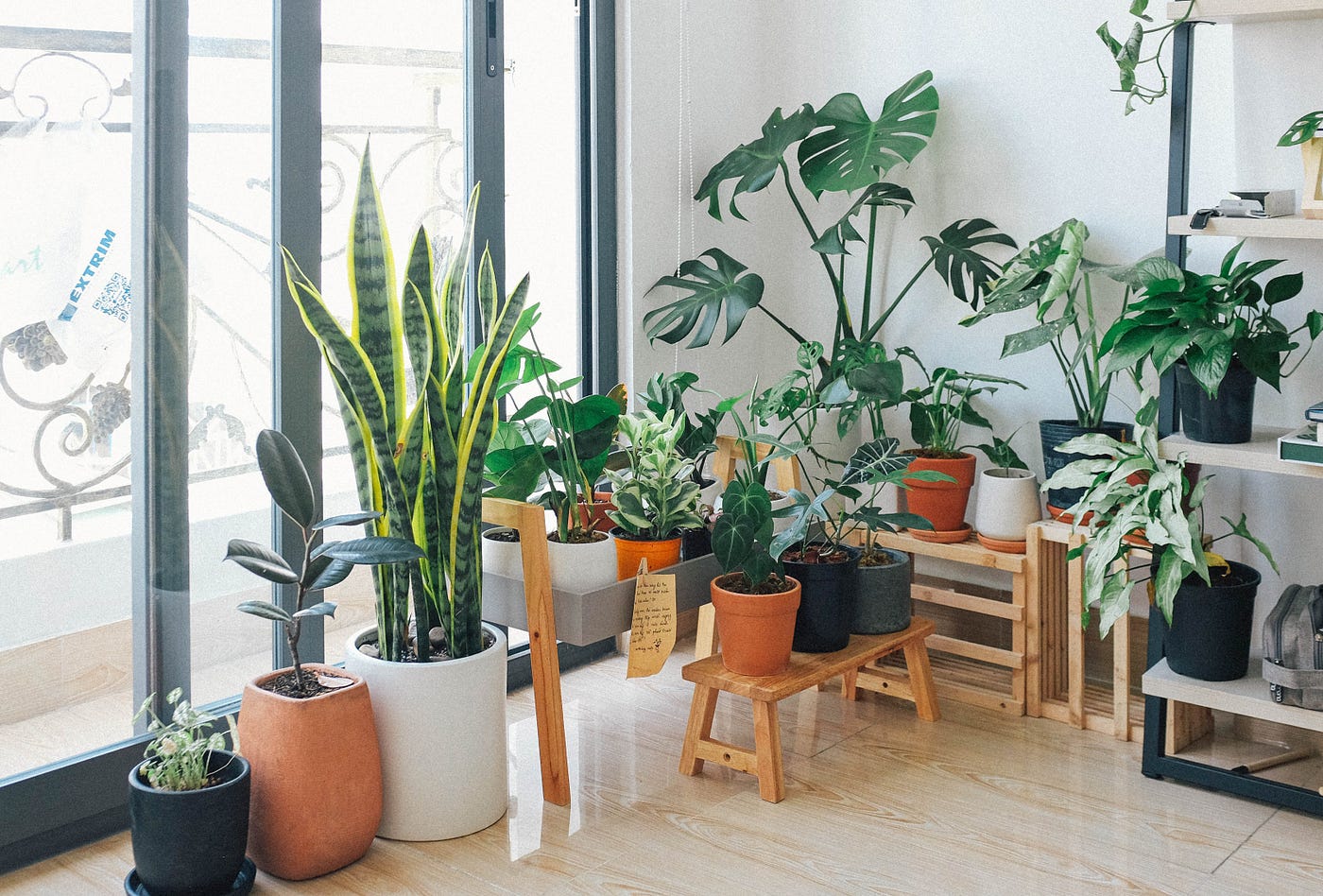Table of Contents
In our fast-paced world, where urbanization continues to grow, and the digital space encroaches further into our lives, many seek respite from the hustle and bustle through nurturing connections with nature. While going outside into natural landscapes can provide much-needed restoration, bringing nature indoors as potted plants offer nourishment for both body and soul within the conveniences of home.
Scientific research has revealed the numerous positive impacts houseplants can have on our well-being and indoor air quality. In this article, we will explore the leafy haven of indoor plants and how to make the most of their natural benefits by strategically incorporating lovely green friends into our interior spaces.
The Benefits of Biophilia: Why Bringing the Outdoors In is Good for Body and Soul
Biophilia, the innate human connection to nature, has gained recognition in recent years as researchers have discovered its numerous benefits. Incorporating natural elements into indoor spaces has been shown to enhance one’s overall well-being and increase productivity and creativity. The positive effects of biophilic design have been observed in various settings, including homes, offices, and healthcare facilities.
Exposure to nature has been shown to reduce stress levels, lower blood pressure, and improve cognitive function. Incorporating elements such as plants, natural lighting, and water features into indoor spaces can mimic the outdoors and provide the same therapeutic benefits. As more people become aware of the importance of biophilia, the demand for sustainable and nature-based designs continues to grow. Buy hoyas online for your home now.
Grow a Tropical Jungle: Choosing Plants That Thrive in Low and Bright Light
When choosing indoor plants, one of the most significant considerations is lighting. Not all plants thrive in the same conditions, and understanding their lighting needs can ensure success in growing a lush indoor garden. Low-light houseplants such as peace lilies, snake plants, and ZZ plants are excellent choices for those with limited natural light. These plants have adapted to survive in low light conditions and can thrive in areas with minimal natural light.
On the other hand, for spaces with abundant natural light, plants that require bright light, such as succulents, cacti, and spider plants, are ideal. These plants have adapted to high levels of sunlight and will flourish in well-lit areas. It is important to note that overexposure to direct sunlight can also damage some plants, so finding a balance and monitoring their needs is essential.
Designing with Greenery: Strategies for Stylishly Integrating Flora into Your Decor
In addition to the numerous health benefits, houseplants can be stylish additions to any interior design. When strategically placed, plants can add a touch of color, texture, and life to a room. Before incorporating plants into your decor, it is essential to consider the overall aesthetic and choose plants that complement the existing style. Choosing a bold and sculptural plant like a Monstera or Fiddle Leaf Fig can add a stunning focal point for modern spaces with clean lines and minimalistic decor.
Mixing and matching different types of plants in varying heights and textures can create an exciting and dynamic display for more eclectic spaces. Additionally, incorporating plants into unexpected areas, such as hanging from the ceiling or mounted on walls, can add visual interest and use vertical space.
The Science of Photosynthesis: How Houseplants Improve Indoor Air Quality
Not only are houseplants visually appealing, but they also serve as natural air purifiers. Through photosynthesis, plants absorb carbon dioxide and release oxygen into the air. It helps improve indoor air quality by reducing pollutants such as formaldehyde, benzene, and trichloroethylene. Additionally, certain plants have been found to filter out specific toxins, making them effective at targeting specific indoor pollutants.
Some of the best air-purifying plants include Aloe Vera, Spider Plant, and Peace Lily. It is important to note that while plants can improve air quality, they are not a complete solution, and proper ventilation and cleaning practices should still be maintained for optimal indoor air quality.
Easy Care Indoor Gardens: Low Maintenance Plant Options for Busy Homeowners
While the thought of caring for houseplants may seem daunting to some, many low-maintenance options can thrive with minimal effort. Succulents and cacti are popular as they require infrequent watering and can survive in various lighting conditions. Additionally, plants like Pothos and Philodendrons are known to be hardy and forgiving, making them perfect for those who may not have a green thumb.
For those with busy schedules, self-watering planters or incorporating plants into existing home automation systems can also make caring for plants easier. With these low-maintenance options, there is no excuse not to bring some greenery into your indoor spaces.
Creating a Peaceful Sanctuary: Using Foliage to Promote Relaxation and Well-Being
Incorporating plants into your indoor spaces not only brings physical benefits but can also have a positive impact on one’s mental health. Studies have shown that being around nature can reduce stress, anxiety, and even symptoms of depression. It makes houseplants an excellent addition to areas of the home where relaxation is desired, such as bedrooms and living rooms.
Plants with calming scents like lavender, jasmine, and eucalyptus can promote a peaceful environment. Caring for plants can also be a form of mindfulness and provide a sense of satisfaction and purpose. By creating a natural sanctuary in the home with the help of houseplants, one can experience improved overall well-being.





